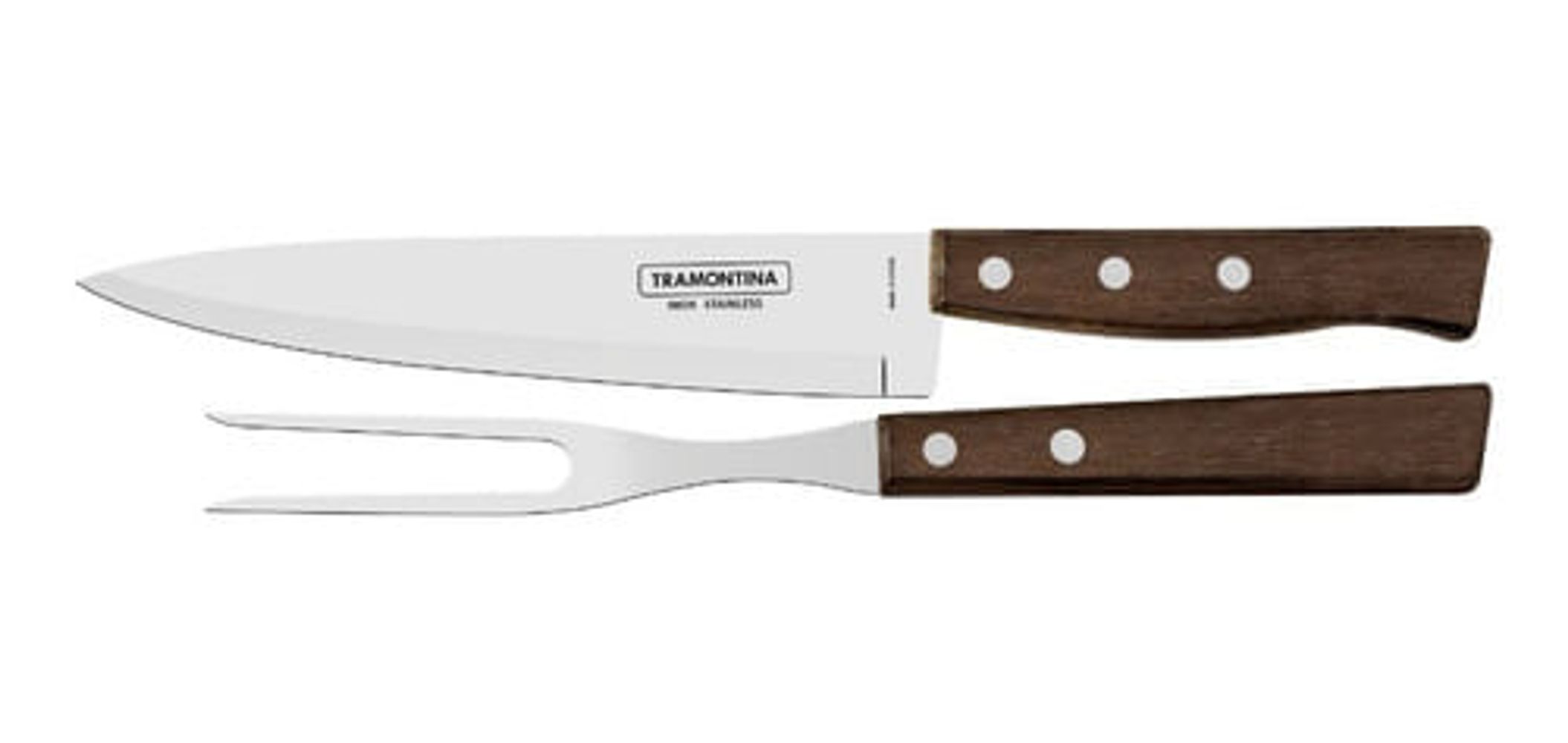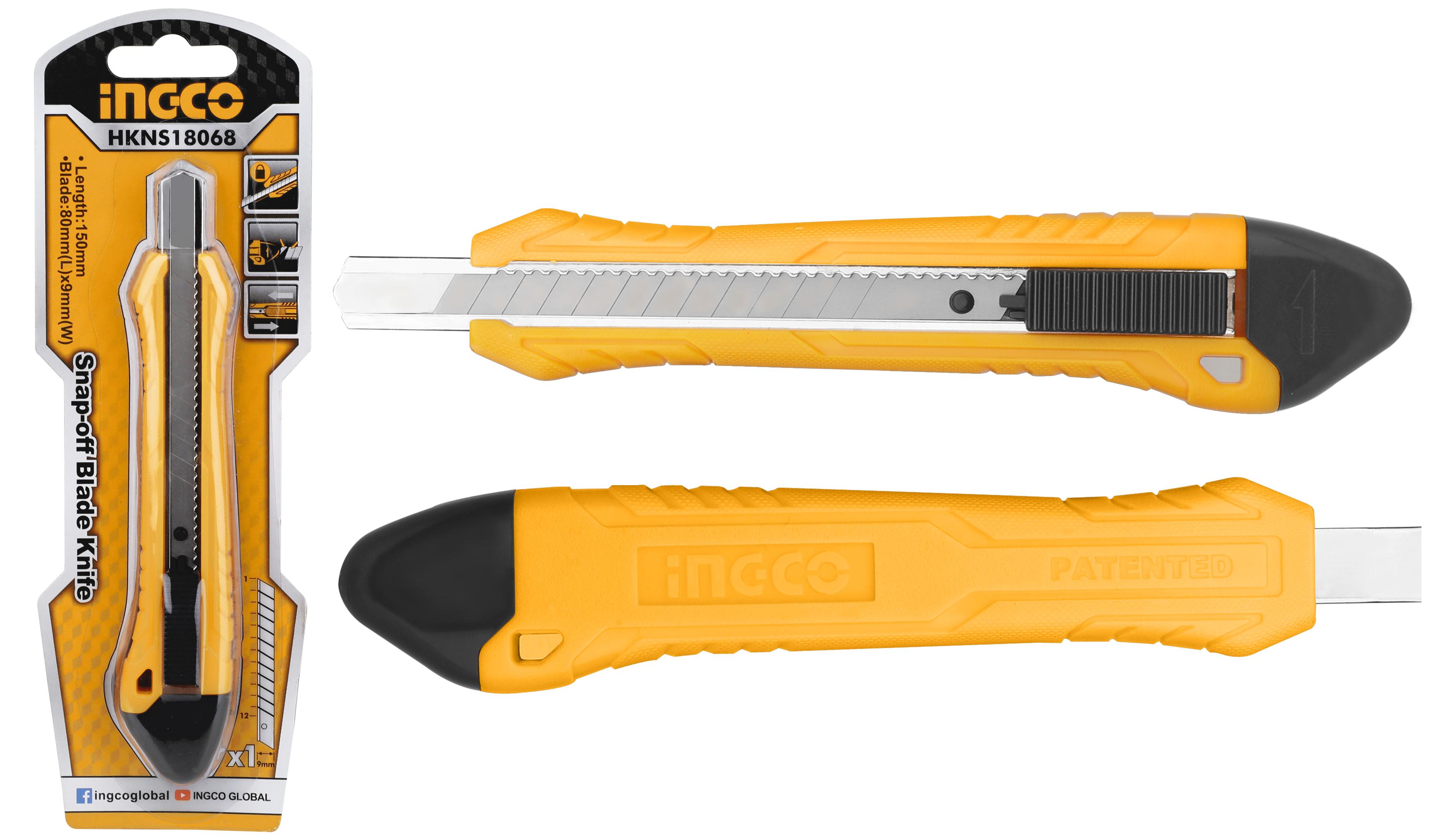<h1>Trinchete or Tranchete: Unraveling a Mysterious Tool</h1>
<p>In the vast and intricate world of language, some words carry a unique weight, embodying multiple meanings, historical echoes, and cultural nuances that transcend their literal definitions. Among these fascinating terms are "trinchete" and "tranchete," two words often used interchangeably, yet each possessing distinct identities and applications. Far from being mere linguistic curiosities, these terms refer to tangible tools and profound cultural expressions, inviting us to delve deeper into their rich tapestry of meaning.</p>
<p>Understanding the nuances between "trinchete" and "tranchete" is not just an academic exercise; it's a journey into the heart of craftsmanship, idiom, and cultural heritage. From the precise cuts of a shoemaker's blade to the vivid imagery of a Spanish proverb, these words paint a picture of tools that have shaped trades and phrases that have colored conversations for centuries. This article aims to demystify these terms, exploring their definitions, historical significance, practical uses, and their surprising presence in popular culture, all while adhering to the principles of E-E-A-T (Expertise, Authoritativeness, Trustworthiness) to provide a comprehensive and reliable resource.</p>
<h2>Table of Contents</h2>
<ul> <li><a href="#lexicon">Unraveling the Lexicon: What the Dictionaries Say</a> <ul> <li><a href="#rae">The Royal Spanish Academy's Perspective</a></li> <li><a href="#beyond-rae">Beyond the RAE: Other Interpretations</a></li> </ul> </li> <li><a href="#trinchete-shoemaker">The Trinchete: A Shoemaker's Essential Tool</a></li> <li><a href="#tranchete-versatile">The Tranchete: A Versatile Cutting Instrument</a> <ul> <li><a href="#french-connection">The French Connection: Tranchet's Etymology</a></li> <li><a href="#applications">Applications Beyond Shoemaking</a></li> </ul> </li> <li><a href="#idiom">"Ver Moros con Tranchetes": An Idiom's Intriguing Meaning</a></li> <li><a href="#culture">Trinchete and Tranchete in Popular Culture</a></li> <li><a href="#spelling">Navigating Spelling Nuances: Trinchete vs. Tranchete</a></li> <li><a href="#conclusion">Conclusion</a></li> </ul>
<h2 id="lexicon">Unraveling the Lexicon: What the Dictionaries Say</h2>
<p>The first step in understanding "trinchete o tranchete" is to consult authoritative sources, primarily the Royal Spanish Academy (RAE), which serves as the ultimate arbiter of the Spanish language. Their definitions provide a foundational understanding, though the terms' usage often extends beyond these strict interpretations.</p>
<h3 id="rae">The Royal Spanish Academy's Perspective</h3>
<p>According to the Royal Spanish Academy (RAE), both "trinchete" and "tranchete" are recognized terms, though they carry slightly different connotations and primary uses.</p>
<h4 id="trinchete-shoemaker-blade">Trinchete: The Shoemaker's Blade</h4>
<p>The RAE defines "trinchete" (masculine noun) primarily as a "cuchilla que usan los zapateros para cortar la suela" – a blade used by shoemakers to cut soles. It is also synonymous with "chaira," another term for a shoemaker's knife. This definition highlights its specific, professional application, emphasizing precision in leatherwork. The term "trinchete" refers to a specific tool used in the field of shoemaking, a blade that allows shoemakers to make precise cuts.</p>
<h4 id="tranchete-curved-cutter">Tranchete: The Curved Cutter</h4>
<p>On the other hand, "tranchete" (masculine noun) is defined by the RAE as an "instrumento para cortar ancho y curvo en forma de media luna" – a broad, curved cutting instrument in the shape of a half-moon. It is also described as a "cuchillo ancho, y corvo, en figura de media luna, que les sirve para desvirar" – a wide, curved knife, shaped like a half-moon, used by shoemakers for trimming. While it shares a connection to shoemaking, its description is more general, focusing on its distinctive shape and broader cutting function. The word "tranchete" comes from the French "tranchet," indicating its etymological roots.</p>
<h3 id="beyond-rae">Beyond the RAE: Other Interpretations</h3>
<p>It's important to note that while the primary definitions of "trinchete" and "tranchete" revolve around cutting tools, some less common or perhaps metaphorical interpretations exist. The provided data mentions "Un trinchete o tranchete es una herramienta educativa que se utiliza para reforzar, resumir y organizar la información de manera visual,Se trata de un pequeño cuadro o diagrama que se." This description of an "educational tool" or a "small chart or diagram" is highly unusual and not widely recognized in standard dictionaries for these terms. It might represent a very niche, specialized, or even erroneous usage, possibly a misattribution of a concept to the term. For the purpose of this comprehensive article, we will focus on the more authoritative and widely accepted definitions as cutting instruments, which are consistently supported across multiple dictionary entries and contextual examples.</p>
<h2 id="trinchete-shoemaker">The Trinchete: A Shoemaker's Essential Tool</h2>
<p>The "trinchete" stands as a testament to the specialized tools developed for specific crafts. In the world of shoemaking, where precision and durability are paramount, the trinchete is indispensable.</p>
<h3>Precision in Leathercraft</h3>
<p>For centuries, shoemakers have relied on the "trinchete" to perform intricate tasks. Its sharp blade is specifically designed to cut through tough leather soles with accuracy, allowing artisans to shape and trim materials to exact specifications. This tool is crucial for creating the clean edges and perfect fits that define quality footwear. The ability to make precise cuts is what sets a master shoemaker apart, and the "trinchete" is their trusted companion in achieving this.</p>
<h3>Historical Significance and Evolution</h3>
<p>The design of the "trinchete" has remained largely consistent over time, a testament to its functional perfection. While modern shoemaking may incorporate machinery, the hand-held "trinchete" remains a fundamental tool for custom work, repairs, and traditional craftsmanship. Its continued use highlights the enduring value of manual skill and specialized instruments in a rapidly evolving world.</p>
<h2 id="tranchete-versatile">The Tranchete: A Versatile Cutting Instrument</h2>
<p>While often used interchangeably with "trinchete," the "tranchete" generally refers to a broader category of curved cutting tools. Its distinctive half-moon shape makes it suitable for various cutting and trimming tasks, not just limited to shoemaking.</p>
<h3 id="french-connection">The French Connection: Tranchet's Etymology</h3>
<p>The etymology of "tranchete" traces back to the French word "tranchet." This linguistic connection suggests a shared history of cutting tools across Romance languages. The French "tranchet" itself refers to a cutting tool, often with a specific shape, reinforcing the idea of a broad, curved blade. This historical link underscores the deep roots of such tools in European craftsmanship.</p>
<h3 id="applications">Applications Beyond Shoemaking</h3>
<p>Beyond its application in shoemaking, the "tranchete" (or a knife of this type) finds utility in other crafts. For instance, the "navaja tipo tranchete" (tranchete-type knife) is very commonly used for working with wicker. Its curved blade is ideal for shaping, splitting, and trimming the flexible yet tough material, making it an indispensable tool for basket weavers and furniture makers who work with natural fibers. This versatility demonstrates the enduring practical design of the "tranchete" beyond its primary association with footwear.</p>
<h2 id="idiom">"Ver Moros con Tranchetes": An Idiom's Intriguing Meaning</h2>
<p>Perhaps one of the most captivating aspects of the word "tranchete" is its role in a well-known Spanish idiom: "ver moros con tranchetes." This phrase transcends the literal meaning of the tool, delving into the realm of human perception and psychology.</p>
<h3>Decoding the Phrase</h3>
<p>The idiom "ver moros con tranchetes" literally translates to "seeing Moors with tranchetes." In Spanish, this phrase signifies "imagining dangers without a valid motive or reason," or "seeing threats where there are none." It's a vivid expression used to describe someone who is overly suspicious, paranoid, or prone to unnecessary fear. For example, if someone's "fantasía puede jugarte hoy una mala pasada" (imagination might play a trick on you today), it implies they might be "seeing Moors with tranchetes," creating problems where none exist.</p>
<h3>Cultural Resonance and Psychological Insight</h3>
<p>The phrase "ver moros con tranchetes" is deeply embedded in Spanish culture and offers a fascinating glimpse into historical anxieties and common human psychological patterns. The "Moors" (Moros) refer to the Muslim inhabitants of the Iberian Peninsula during the medieval period, often depicted in historical narratives as adversaries. The "tranchetes" would then be their weapons. Thus, seeing "Moors with tranchetes" evokes an image of impending, unwarranted danger. This idiom serves as a cultural reminder to "quit the veils of ignorance and fear that do not belong to our capacities, abilities, and tools," encouraging a more rational assessment of situations. It's a powerful way to caution against unfounded suspicion or an overactive imagination that conjures non-existent threats.</p>
<h2 id="culture">Trinchete and Tranchete in Popular Culture</h2>
<p>Beyond their practical and idiomatic uses, "trinchete" and "tranchete" have found their way into various forms of popular culture, particularly in Mexican traditions, showcasing their broader cultural significance.</p>
<h3>Music, Dance, and Artistic Expression</h3>
<p>The term "El Tranchete" is notably present in Mexican folklore and music. One prominent example is the renowned Mariachi Vargas de Tecalitlán, a legendary mariachi group, which has a piece titled "El Tranchete." This suggests that the term, perhaps referring to a dance step, a character, or even a metaphorical cutting action, holds a place in traditional Mexican musical repertoire. Similarly, the Ballet Folklórico Dance Conservatory has featured "El Tranchete" in their performances, such as a virtual Christmas fiesta with choreography by Marlene Peña. This inclusion in traditional dance further solidifies "El Tranchete"'s role in expressing cultural identity and narrative through movement and music. It's a pleasure to share with pride a bit of Mexican dance and folklore, as seen in the work created with the "El Tranchete" son, dressed in charro attire.</p>
<h3>The Blade as Art: Unique Finds and Craftsmanship</h3>
<p>The unique design of tools like the "trinchete" or "tranchete" can also elevate them to objects of art. As one account notes, finding such a knife can be a "unique find," especially when crafted by an artist like Perrin, whose blade is described as "truly a work of art that's also a vicious edged" tool. This perspective highlights how specialized instruments, when meticulously crafted, transcend their utilitarian purpose to become collectible items, appreciated for their aesthetic beauty and the skill involved in their creation.</p>
<h2 id="spelling">Navigating Spelling Nuances: Trinchete vs. Tranchete</h2>
<p>The close phonetic and semantic relationship between "trinchete" and "tranchete" can sometimes lead to confusion, especially concerning spelling. The provided data points to common writing doubts, such as the use of 'h' or its absence, similar to "ola o hola," "hueso o ueso," and "hablar o ablar."</p>
<p>While both "trinchete" and "tranchete" are recognized by the RAE, the form "trancete" is explicitly stated as "not recognized." This underscores the importance of adhering to the correct spelling to ensure clarity and avoid misinterpretation. The slight difference in a single letter ('i' vs. 'a') and the presence or absence of the 'h' in related forms can significantly alter meaning or render a word incorrect. For the academy, both "trinchete" and "tranchete" are valid forms, but it's essential to distinguish between them based on their specific definitions and historical contexts.</p>
<h2 id="conclusion">Conclusion</h2>
<p>The journey through the meanings of "trinchete o tranchete" reveals far more than just dictionary definitions. It uncovers a fascinating interplay between specialized tools, linguistic evolution, and cultural expression. From the precise "trinchete" of the shoemaker, essential for crafting durable footwear, to the versatile "tranchete" used in various trades like wickerwork, these terms embody the ingenuity of human craftsmanship. Furthermore, the vivid idiom "ver moros con tranchetes" serves as a powerful reminder of how language can encapsulate complex psychological insights and historical narratives, cautioning against unfounded fears.</p>
<p>The presence of "El Tranchete" in Mexican music and dance highlights how these terms transcend their literal functions to become part of a vibrant cultural heritage, celebrated in artistic forms. Ultimately, understanding "trinchete" and "tranchete" enriches our appreciation for the Spanish language's depth and the intricate connections between words, tools, and human experience. We hope this comprehensive exploration has provided valuable insights into these intriguing terms. Do you have any personal experiences with these tools or idioms? Share your thoughts in the comments below, or explore our other articles on the fascinating world of language and culture!</p>



